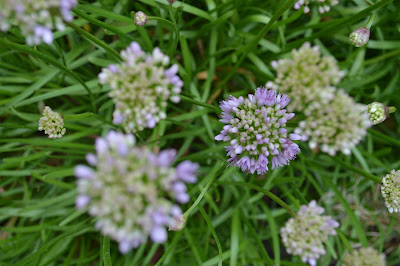Photography Tips
Monday, 14 September 2020
Exhibition
Sunday, 23 August 2020
Summary
I hope you have enjoyed my tips and that your have learnt something new and useful if you have any questions please don't hesitate to ask in the comments below.
Don't forget to send me your photos using these tips so I can display it in my exhibition at the end of this workshop. I would be grateful if you could also send me photos of you doing the work for my course. Email me here.
I would also appreciate it if you could complete this short questionnaire for me.
Thank you.
5. Lighting
When taking photos it is important to think about light, natural light is better for showing true colours as artificial light tends to give the picture a yellow tone as in the examples below. However sometimes of course you may prefer the look of the artificial light.
4. Changing Perspective
Another way to make your photos more interesting is to change perspective. For example take a photo looking up at your subject instead on at eye level, as in the photo below.
3. Rule of thirds
2. Choose a focus point
When taking photos its important to choose which part of the image you want your camera to focus on. This helps you to pick which part of the image you want the viewers eyes drawn to.
In the photos below you can see that although I didn't move the camera and at first glance each photo looks the same, I have changed the focus point in each one so that it is on a different flower in each picture,drawing your eyes to that flower.
On your phone you should be able to change the focus point by tapping the screen in the area you want to focus on ( focal point of your photo) before taking the photo.
On a camera that has a manual focus lens you would just twist the lens until it is focused on the point you want. If you have an auto focus lens you should be able to move the square focus point using the directional buttons. This of course will depend on your camera and you should check your manual to confirm.
Don't forget to send me your photos using this tip so I can display it in my exhibition at the end of this workshop. I would be grateful if you could also send me photos of you doing the work for my course. Email me here
Saturday, 22 August 2020
1. Grid-lines
Exhibition
Here is a video of photos from all the people who participated in my series of photography tips blog posts. Thank you so much for joining in...
-
Here is a video of photos from all the people who participated in my series of photography tips blog posts. Thank you so much for joining in...
-
When taking photos its important to choose which part of the image you want your camera to focus on. This helps you to pick which part of th...
-
The rule of thirds can help you create a more interesting photo by positioning the subject of the photo off centre. Using a 3 x 3 grid lik...


















